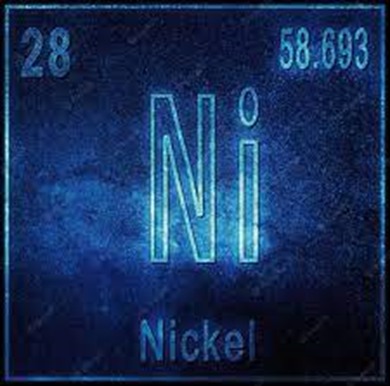ISLAMABAD: Establishment of refineries and value-addition units to process sizeable nickel deposits in Pakistan can open a portal of fortune for its economy. In the year 2020, global nickel consumption was about 2.4 million tons. By the year 2050, it will increase 275% more, said Yaqoob Shah, Principal Geologist at the Global Mining Company, Islamabad, Member of National Council for Marble & Granite and Minerals, and former GM of Geology at the Pakistan Mineral Development Corporation (PMDC).
Yaqoob Shah said nickel refining is an expensive and complicated process, but once it is established, then it is all the way profitable.
‘’Once the processing material is available, value addition is only a step ahead. For example, all the mined products in which nickel concentrates are found cannot be processed in Pakistan, so it passes the boundaries of the country as an additional profit for the buyers of its associated principal mineral i.e., chromite. In this way, Pakistan is deprived of a large share of not only its price, but also of an important industrial mineral.’’
‘’From 1992 to 2001, with the coordination of the Australian government, the PMDC conducted ‘’Geo Chemical Survey of Metals in Pakistan’’, especially in Gilgit-Baltistan (GB). Under this project, a few officials, including myself, were trained in all aspects of mining, refining, processing, etc. Even to make the Pakistani experts more practical, the Australian government arranged a field visit to nickel mining in Kambalda, Australia. But still, the whole effort remains shelved in Pakistan. If we apply it practically, there would be a different fate for Pakistan’s mining sector and the socio-economic conditions of people related to this sector.
Yaqoob Shah said according to the geochemical samples, the threshold value of nickel is set at 50 grams per ton in any area. The targeted areas are considered those places which show the presence of any component more than the standard value.
‘’In the 70,000 sq. kilometre area of GB, 214 nickel targets were found and 100 targets were discovered only by me. Among these targets at some places, the nickel component viability touches the limit of 1,000 grams per ton. Chilas is at the top in the whole GB, Jijal, Kohistan, Dargai, Malakand, Paranghar in Mohmand district, Boya in North Waziristan, Zhob, Qilla Saifullah, Wad, Sonaro in Dist. Khuzdar, etc. All the described ones are highly potential areas, as most of the chromite is mined from there,’’ he said
Different countries are mining nickel in different approximations, i.e., Indonesia (27%), the Philippines (14%), Russia (10%), Canada (8 %), South Africa (8%), and the rest of the world about 31%.
‘’The refining countries are also limited with different shares e.g., China (35%), Indonesia (11%), Russia (7%), Australia (5%), and about 29% collectively in different countries. From a refinery, class I and class 2 type of material is produced which are equally used for different industrial productions. About 73% of nickel is used in the stainless-steel industry, 7% is used to produce electronic vehicle batteries, and at least 20% is used to enhance the hardness and durability of different metals in different proportions. So, it is the need of time and a must for the Pakistani authorities to reconsider the policies and extract socio-economic benefits from its precious treasures.’’
Nickel is an excellent metal that is widely used in a variety of industrial applications, i.e., to resist high temperatures, production of stainless-steel grades and anticorrosive alloys, electroplating coatings. About 40% of nickel is consumed in Europe, Asia, and America respectively. At least 1/4th of international nickel demand is fulfilled by the recycling of nickel scrap. In 2021, China produced app 30.63 million tonnes out of a total of 55 million tonnes of global production of stainless steel. So, still China is one of the world’s leading consumers and importers of nickel.
Pakistan must focus on reaping its share of the nickel outcrop from its precious untapped sources.





